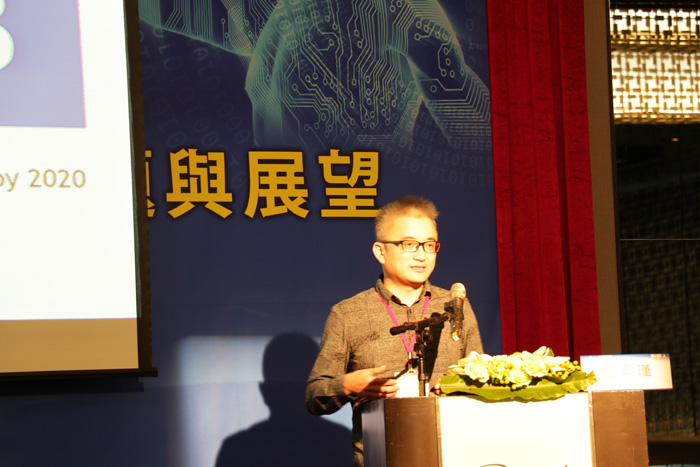
Figure 1: Tu Yi-chin speaking at the Taiwan-Japan Science and Technology Forum
Although Taiwan has lagged behind China and other countries in implementing regulatory changes that would usher in a range of technologies under the FinTech umbrella, former Microsoft employee Tu Yi-chin, the founder of the Taiwan AI Lab stated his confidence in the programming abilities of the younger generation in Taiwan at a recent conference in Taipei.
Tu Yi-chin started his career with the founding of a web-based academic bulletin board system PTT, which still enjoys a significant measure of popularity in Taiwan among students. He went on to work as a department head for the US National Institutes of Health Human Genome Research Institute. Later he worked as a senior researcher with Microsoft Research, then as director of R&D for Microsoft’s AI Research Department in the Asia Pacific region, establishing the Cortana team. In 2017 he founded the Taiwan AI Lab.
After praising the achievements being made in Japan harnessing AI technology in elderly care, Tu mentioned three main areas that Taiwan needs to focus on in its development of AI, at the 2017 Taiwan-Japan Science and Technology Forum,.
1. Creation of data
Tu stated that although many people think that AI developers should work with the data that has already been collected, particularly internet data, or that you need to collect data in a certain field before you can start creating artificial intelligence, this is only part of the equation. You also have to think of creative or innovative ways that data can be collected in real time and continually updated. This is possible through ongoing user interaction. There are 2 billion smartphones in the world and 90% of data that we have has been created just within the last two years. This suggests we’re really at the tip of the iceberg in terms of the amount of data that will be available over the coming decades, he added.
So given that the rate by which we create data is only going to increase with time? We have to find ways of collecting this generated data effectively, particularly when it comes to Internet of Things (IoT) devices. There are expected to be 25 billion smart/IOT devices by 2020.
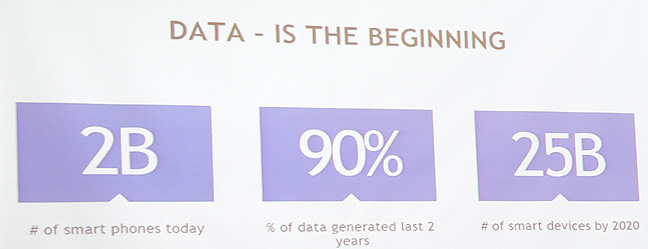
Source: Tu’s presentation at the Taiwan-Japan Science and Technology Forum
It’s a reality that everything in our lives can be turned into an intelligent device, Tu said. Japan has focused on how IOT devices can be used to improve care for the elderly at home. The dilemma comes when you consider availability. If you realize all the possibilities in terms of technology, it ends up being incredibly expensive, he stated, while if you make it more accessible by pricing it low, the level of technology won’t be much use, he added. Tu also made reference to the difficulties facing Taiwan’s Ministry of Science and Technology in this regard in the plan to establish artificial intelligence and robotics bases, a plan that is expected to train 4,000 personnel in robotics and AI, as well as serving as a launch pad for 50 creative companies.
2. Programming Skills and Algorithms
Tu explained that his team’s objective during his time at Microsoft was to get computers to mimic human level decisions. Tu gave a brief outline of the major milestones that have been laid down over recent years in the AI field. In February 2015, for example, Microsoft achieved a 4.9% error rate in the ImageNet Championship, compared to the 5.1% error rate for humans, the first time artificial intelligence had surpassed human abilities. The following year in 2016, Microsoft achieved a 5.9% word error rate (WER) in speech recognition, compared with the 6% WER for humans. A more widely reported achievement was AlphaGo’s 3-0 victory over human champion Ke Jie in a Go tournament in 2017 (See Figure 2).
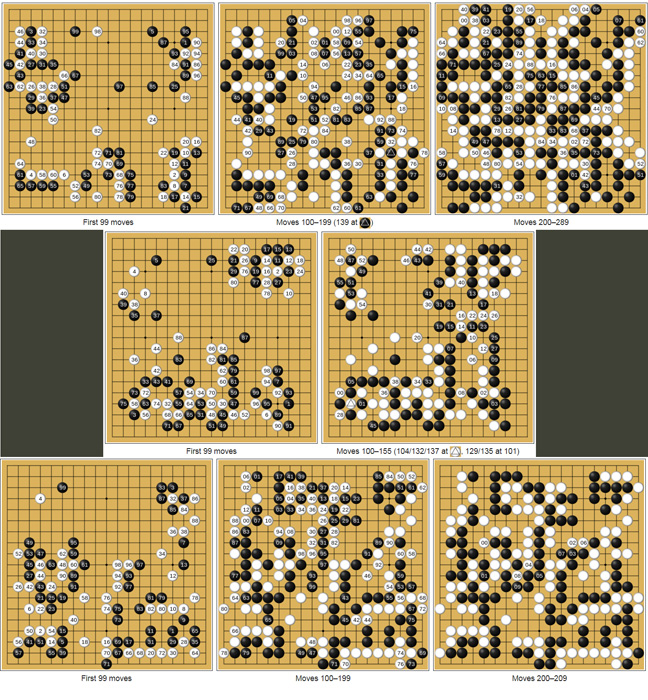
Figure 2: Game 1 (top), Game 2 (middle) and Game 3 (bottom) between Kejie and AlphaGo. AlphaGo played white in Game 1 and black in the other two games. Source: Wikipedia.
So Does Taiwan Have Potential?
Tu stated that Taiwan’s young people are one of its greatest strengths, lauding the software and programming skills of young people, particularly in academia. Taiwan is particularly strong in AI in the academic sector, he stated, citing the free online course on Coursera on Artificial Intelligence led by National Taiwan University Professor Lin Tian-yu, as one example. Although Taiwan is often said to be trailing China in technological terms, Taiwan’s programming abilities shouldn’t be underestimated, he stated, citing as an example the fact that CGI, a computer program developed by a team of students led by Professor Wu Yi-cheng from National Chiao Tung University managed to beat the Fine Art program developed by Chinese internet giant Tencent to place second in the 1st World AI Go Open, only being defeated by Japan’s DeepZenGo which won the tournament.
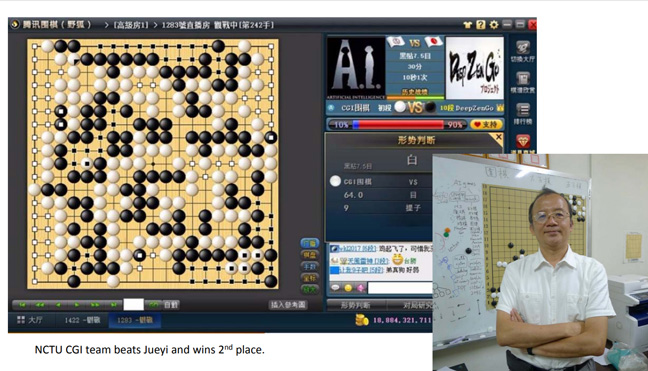
Figure 3: The final match between CGI and DeepZenGo and head of the CGI development team, Wu Yi-cheng
National Taiwan University was also recently ranked No. 37 in terms of AI universities released at the Wuzhen AI Summit in 2016, making it the top school in Asia in the ranking.
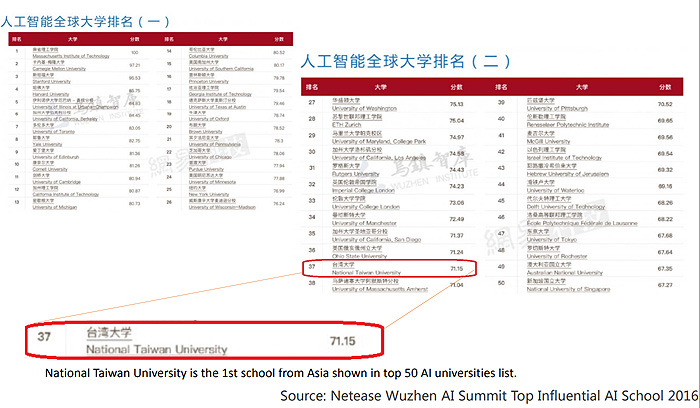
All of which suggests that Taiwan’s programming ability and AI know-how shouldn’t be underestimated.
3. What Existing Advantages Can Taiwan Draw on?
One of the advantages that Taiwan has, according to Tu, is the 25 years of comprehensive aggregated data in the national health insurance system, which includes images. When one considers this in combination with the plummeting cost of mapping the human genome (See Figure 4), a system under which medical treatment is personalized according to one’s genetic information is getting more realizable. He also suggested that this could be done using voice recognition systems, given the possibility of mapping DNA in a similar way to language.
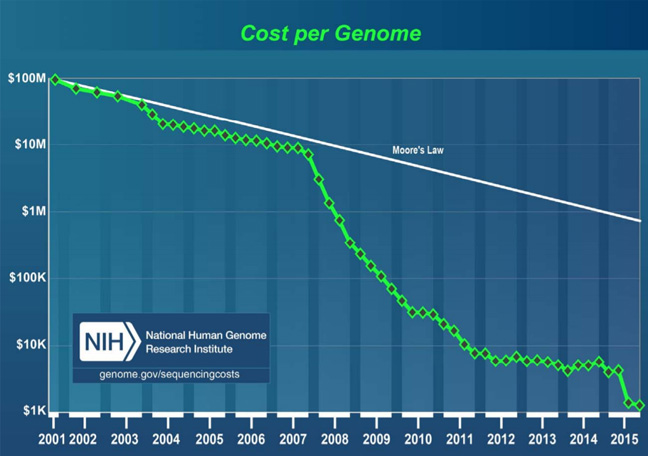
Figure 4: Cost per genome; Source: National Human Genome Research Institute.
He also suggested that the knowledge of experts in specialized fields could be collected and fed into AI systems. He pointed to Malaria diagnosis as an example. Given that indigenous Malaria infections have been eradicated in Taiwan since 1965, there are few experts in the disease remaining in Taiwan. Given the risks posed by climate change and other factors, if Malaria returns to Taiwan, this expertise may disappear as the last remaining experts retire. However, if the knowledge in diagnosis could be mimicked by AI, then any future outbreak would be less likely to get out of control.
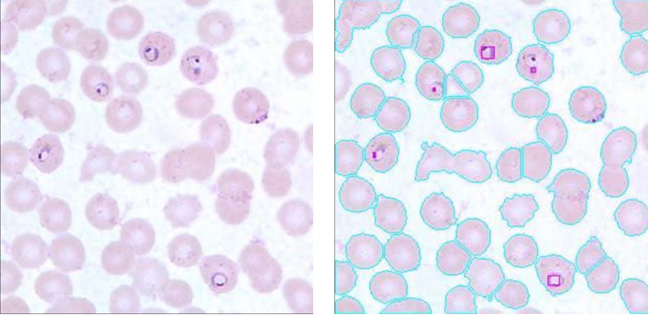
Figure 5: AI could mimic diagnosis of Malaria and other diseases; Source: Tu Yi-chin's presentation, from the Taiwan CDC Malaria Project
Taiwan’s Biobank has thus far sequenced the DNA of 87,140 Taiwanese people (without any known foreign heritage). This is set to become one of the largest projects on East Asian genetic risk factors, although China has also recently announced a plan to collect DNA from 1 million of its citizens by 2020.
This is a great step forward in the personalization of healthcare, in that the factors that might make certain treatments unnecessary for certain patients can be identified, instead of aiming for a one size fits all treatment plan. Given that the US is one of the leading developers of medicine in the world, there may be opportunity to adapt drugs aimed at the US market for the East Asian market using the accumulated genetic data.
Tu also pointed to the recent report that Taiwanese AI startup Appier has received US$33 million in Series C funding from investors including Naver, Softbank, the AMTD Group, Line and EDBI.
Too Late to the Game?
Despite all this potential Taiwan has not yet secured a lot of patents in the AI field, as a recent presentation from the director of Taiwan’s Patent Search Center Tu Tsai-kuo suggested (See Figure 6).
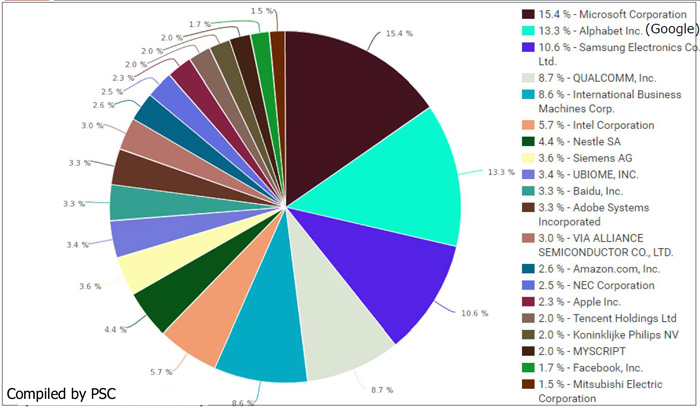
Figure 6: Patent holdings of major companies in the “deep learning” field worldwide; Source: Tu Tsai-kuo’s presentation at the 30th MIC Forum
As Figure 6 shows, the top five businesses, Microsoft, Google, Samsung, Qualcomm and International Business Machines Corp, hold over 50% of deep learning patents. Three of the remaining 15 companies, Baidu, Shanghai’s Via Alliance Semiconductor and Tencent Holdings, are Chinese, with a collective 8.3% share. Although Taiwan’s Viatech is an investor in Via Alliance Semiconductor, it is a Chinese company and no Taiwanese company makes an appearance on the list.
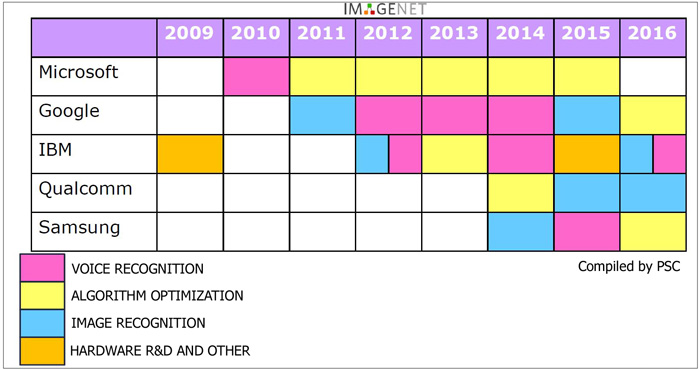
Figure 7: The technological focus of the patents held by the top five companies in the "deep learning” field from 2009-2016; Source: Tu Tsai-kuo’s presentation at the 30th MIC Forum Source
MIC Industry Analyst Chen Tzu- hsien, who also made a presentation at the forum, collated the number of US AI-related patents held by patentees from countries around the world (See Figure 8).
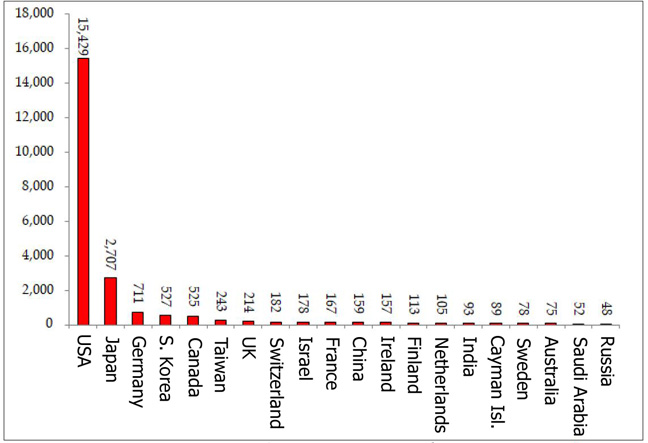
Figure 8: US AI-related patents held by patentees from countries around the world; Source: 30th MIC Forum
The majority of US patents in the field are held by the United States and Japan. US patentees own 62.9% of US AI patents, while Japanese patentees own 11%. Taiwanese patentees have a share of just 1% (243 patents) of US patents in this field, while the share of Chinese patentees is just 0.6% (159 patents).
Chen pointed out that the biggest difference between patentees from Taiwan and China, is that the latter have already secured two patents in the field of neuromorphic hardware, while Taiwanese patentees are yet to secure any patents in this field.
Chen went on to provide his analysis on patent holdings by Taiwanese patentees holding US patents in the six core AI categories (See Figure 9). He revealed that natural language processing accounted for the majority at 63.2%, followed by machine learning at 16.4%, expert systems at 11.2%, neural networks at 5.6%, genomics at 2.4% and fuzzy logic at 1.2%, which is largely similar to the distribution among US patent holders from around the world.
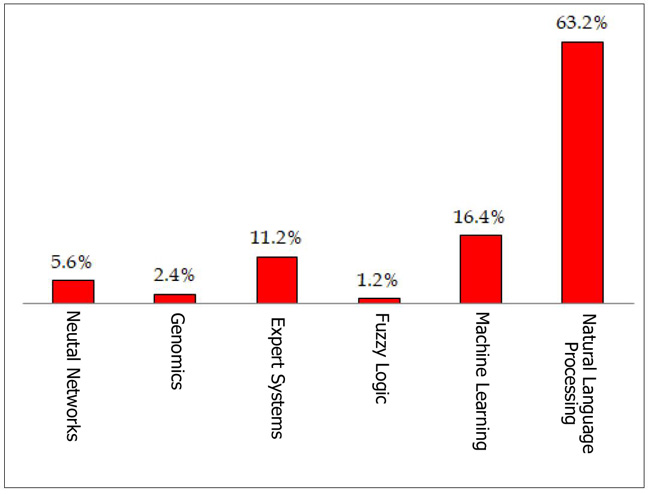
Figure 9: Distribution in the six core AI technologies in terms of US patents owned by Taiwanese patentees; Source: 30th MIC Forum
Chen concluded his presentation by stating that industry-academia alliances were a good model for development in the key field of machine learning algorithms and application. In terms of AI hardware, Chen stated that neural network hardware is a new opportunity for the semiconductor industry, and that Taiwan should set its objective in the mid-term as securing electronic patents in this field, with its long-term objective focused on optics patents in the field. In terms of AI services, Chen suggested that businesses secure patents for intelligent sales and advertising involving Chinese natural language processing, as well as integrating e-commerce, e-payments, logistics and intelligent bricks-and-mortar stores. In terms of AI in industry, Chen stated that smart industry will bring new opportunities for component, equipment and device manufacturers with the chance for Taiwanese businesses to serve as key component solution providers.
 |
|
| Author: |
Conor Stuart |
| Current Post: |
Senior Editor, IP Observer |
| Education: |
MA Taiwanese Literature, National Taiwan University
BA Chinese and Spanish, Leeds University, UK |
| Experience: |
Translator/Editor, Want China Times
Editor, Erenlai Magazine |
|
|
|
| Facebook |
|
Follow the IP Observer on our FB Page |
|
|
|
|
|
|

